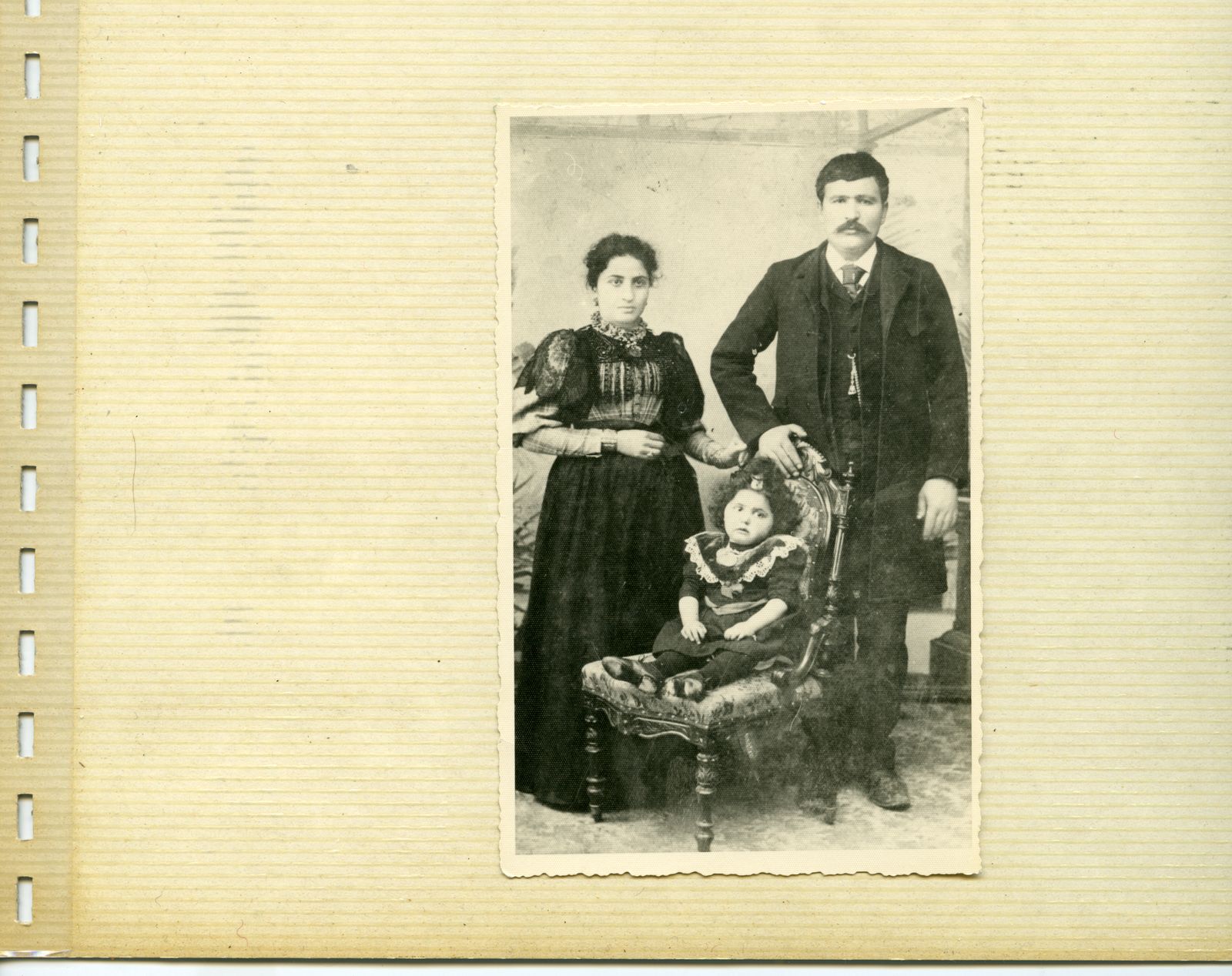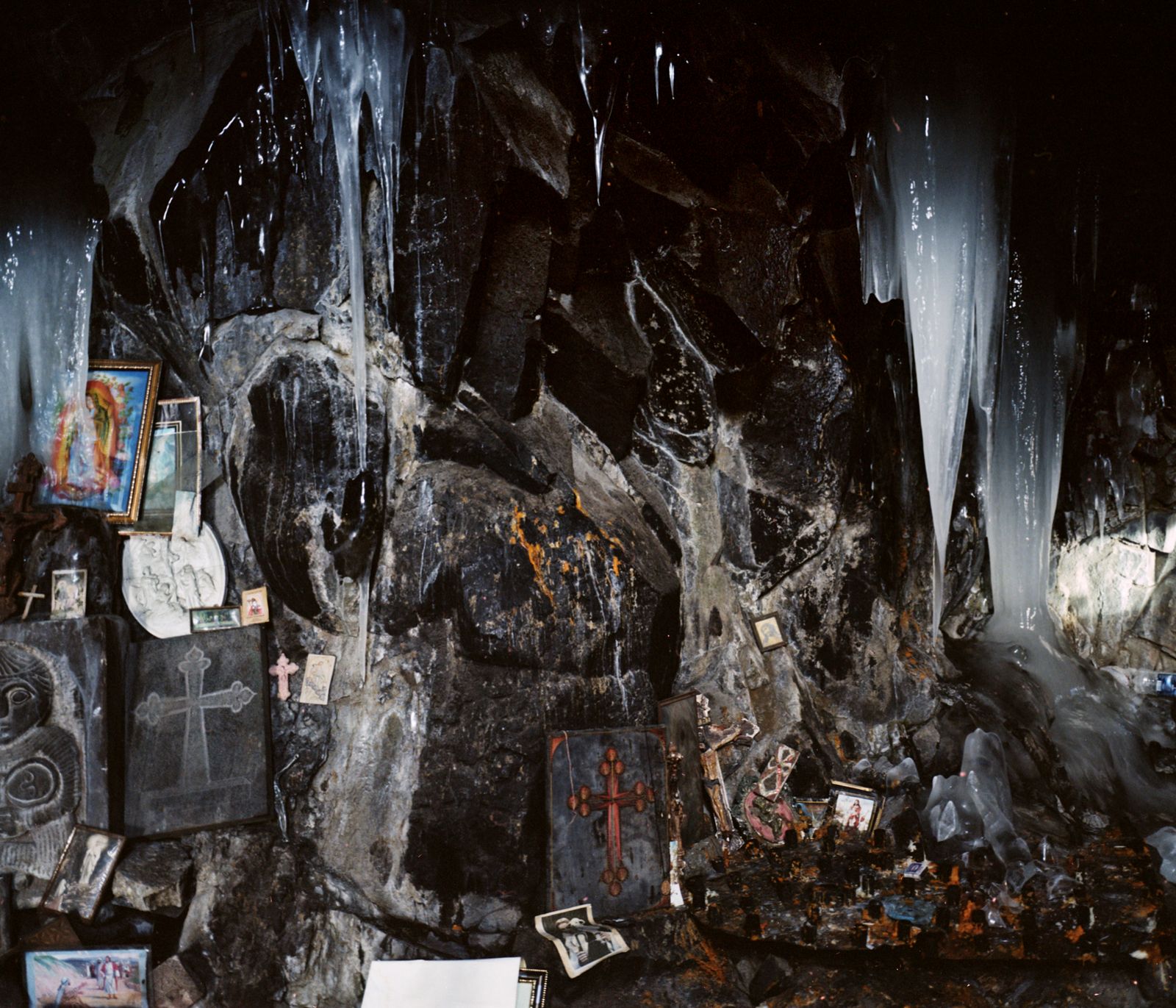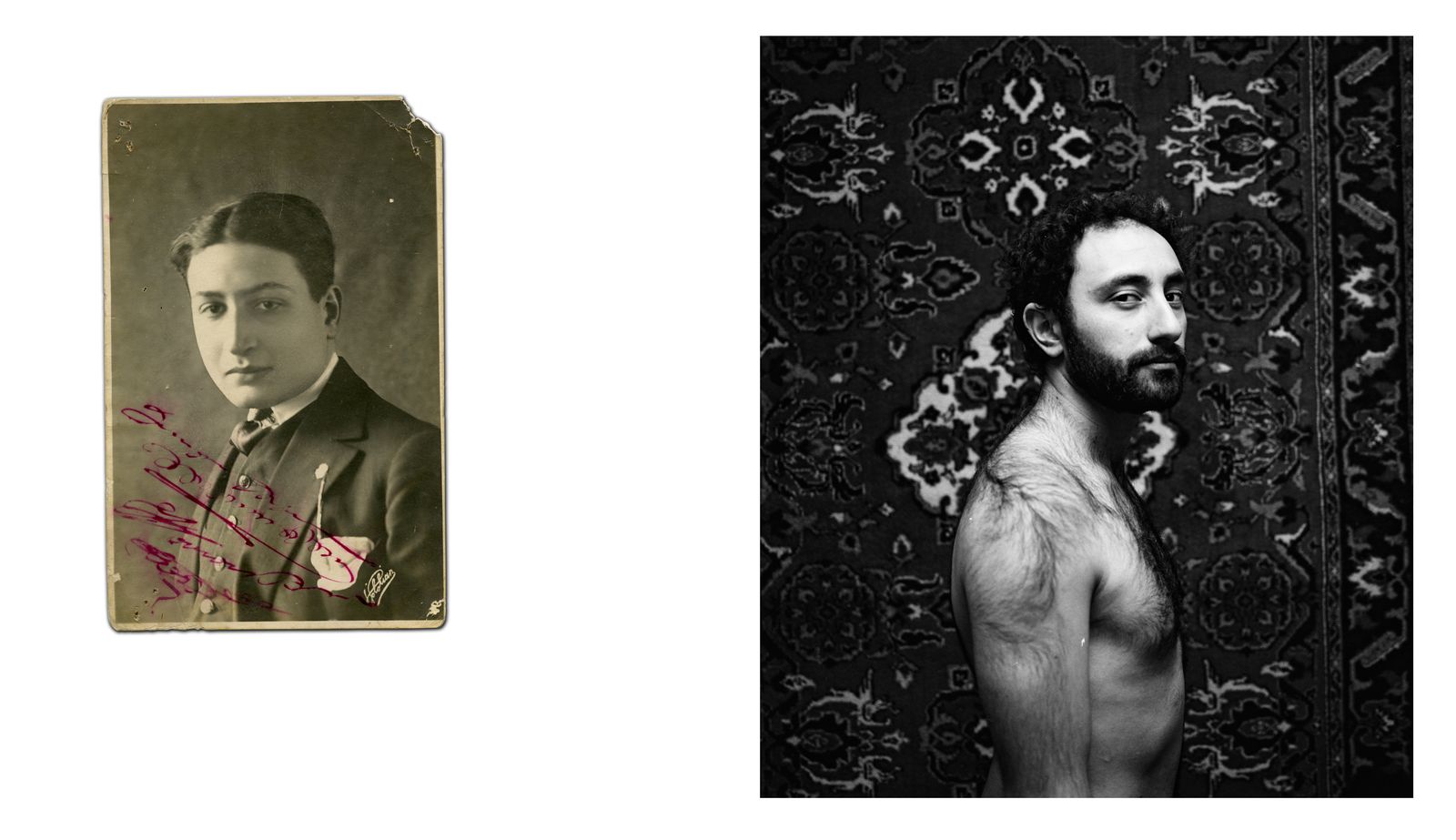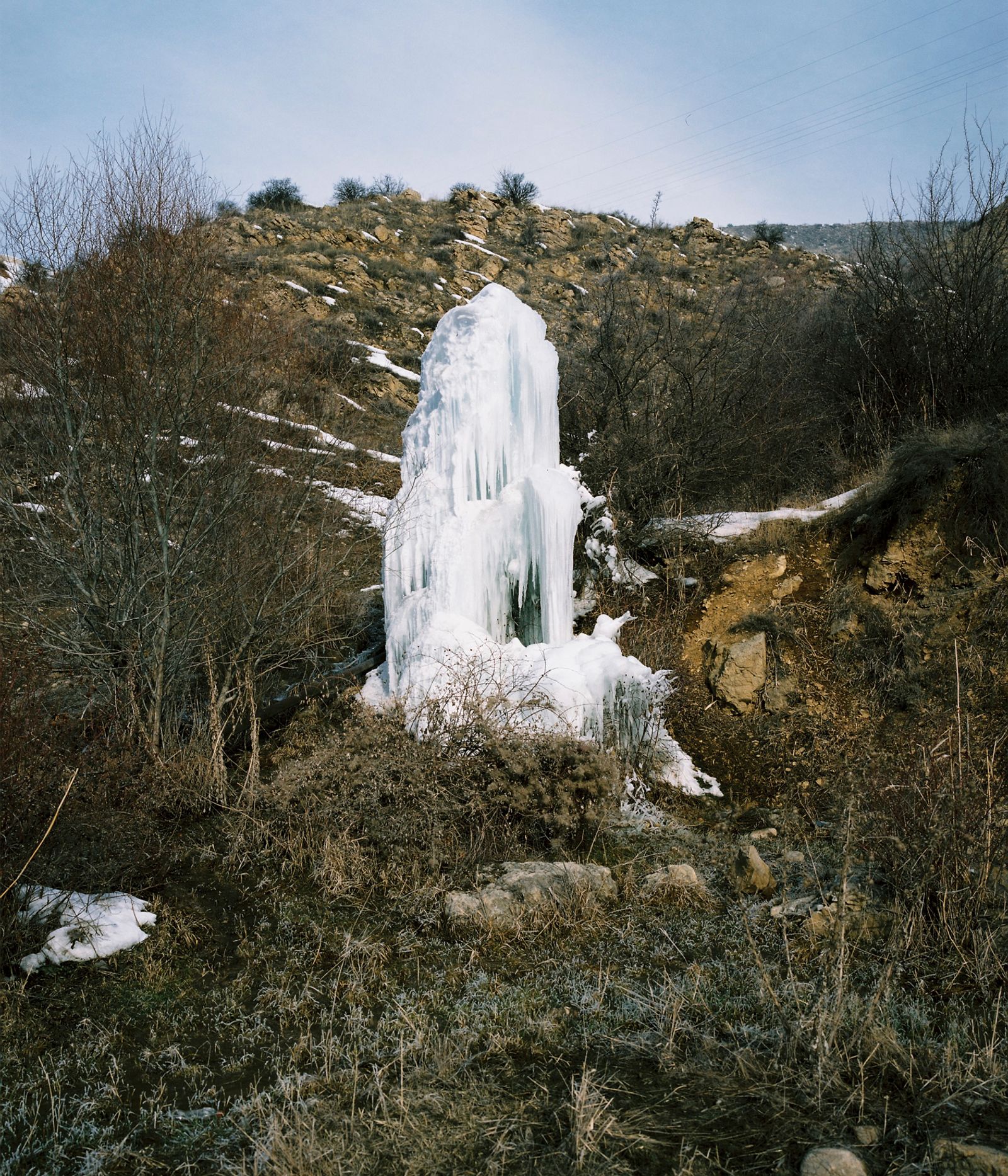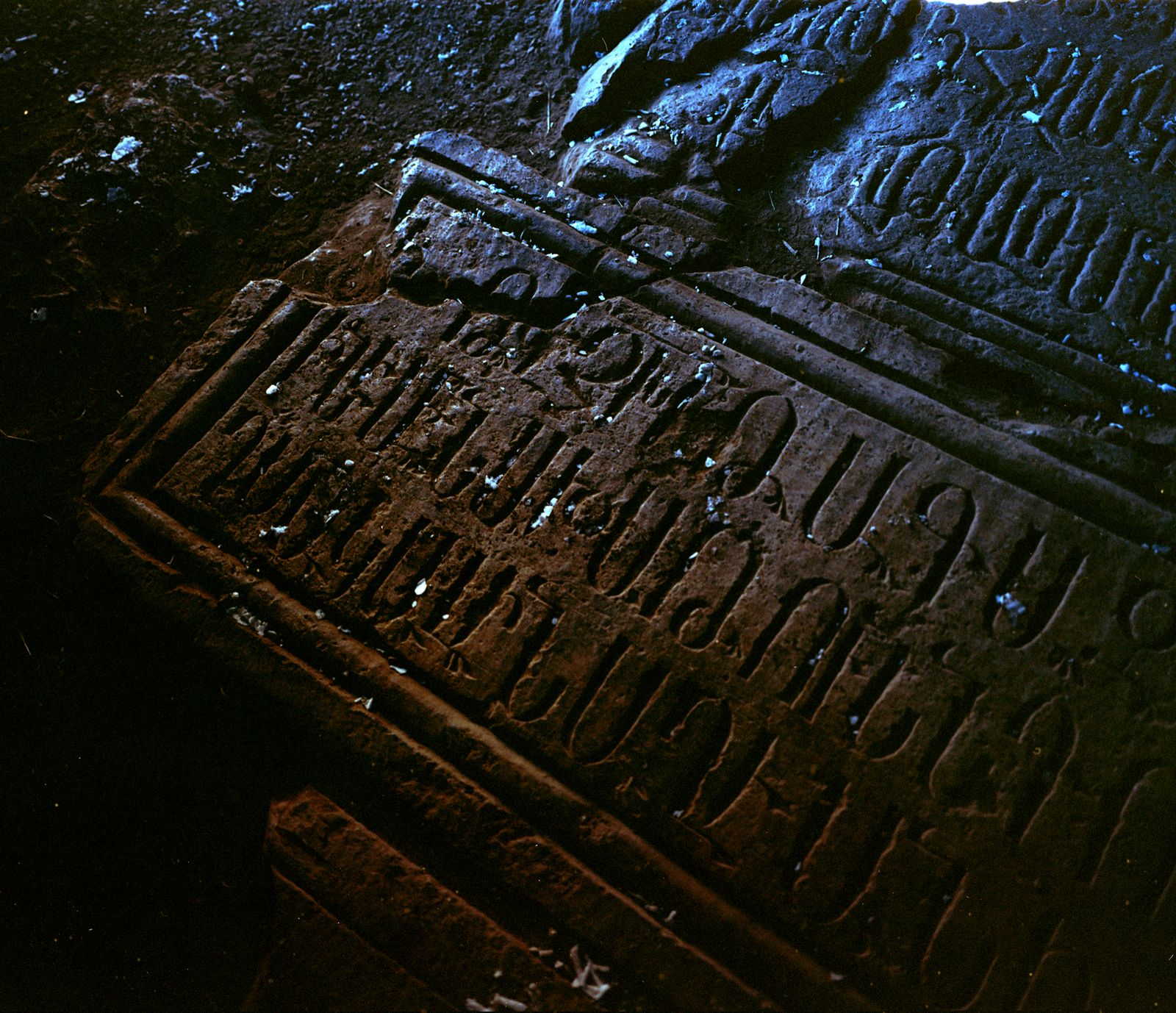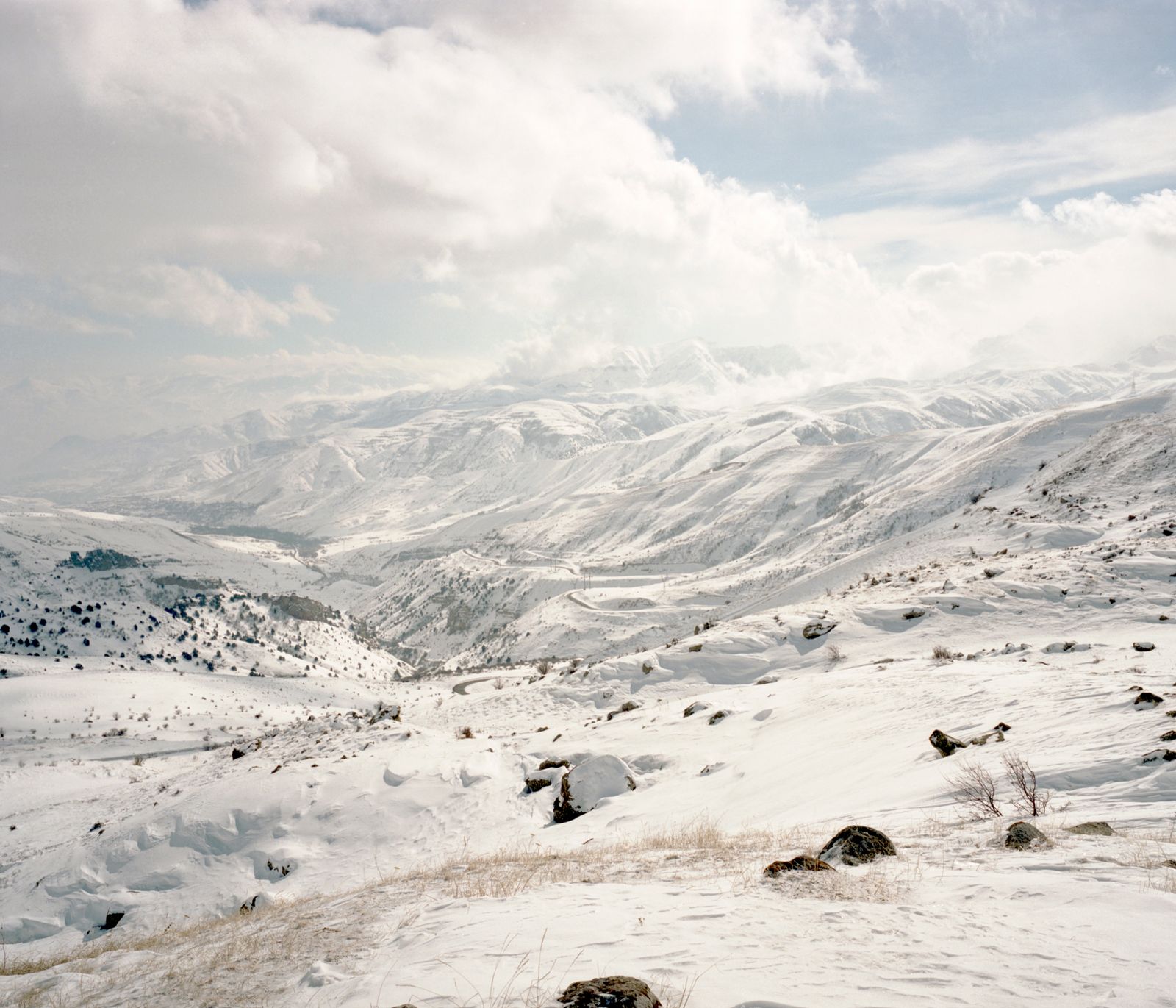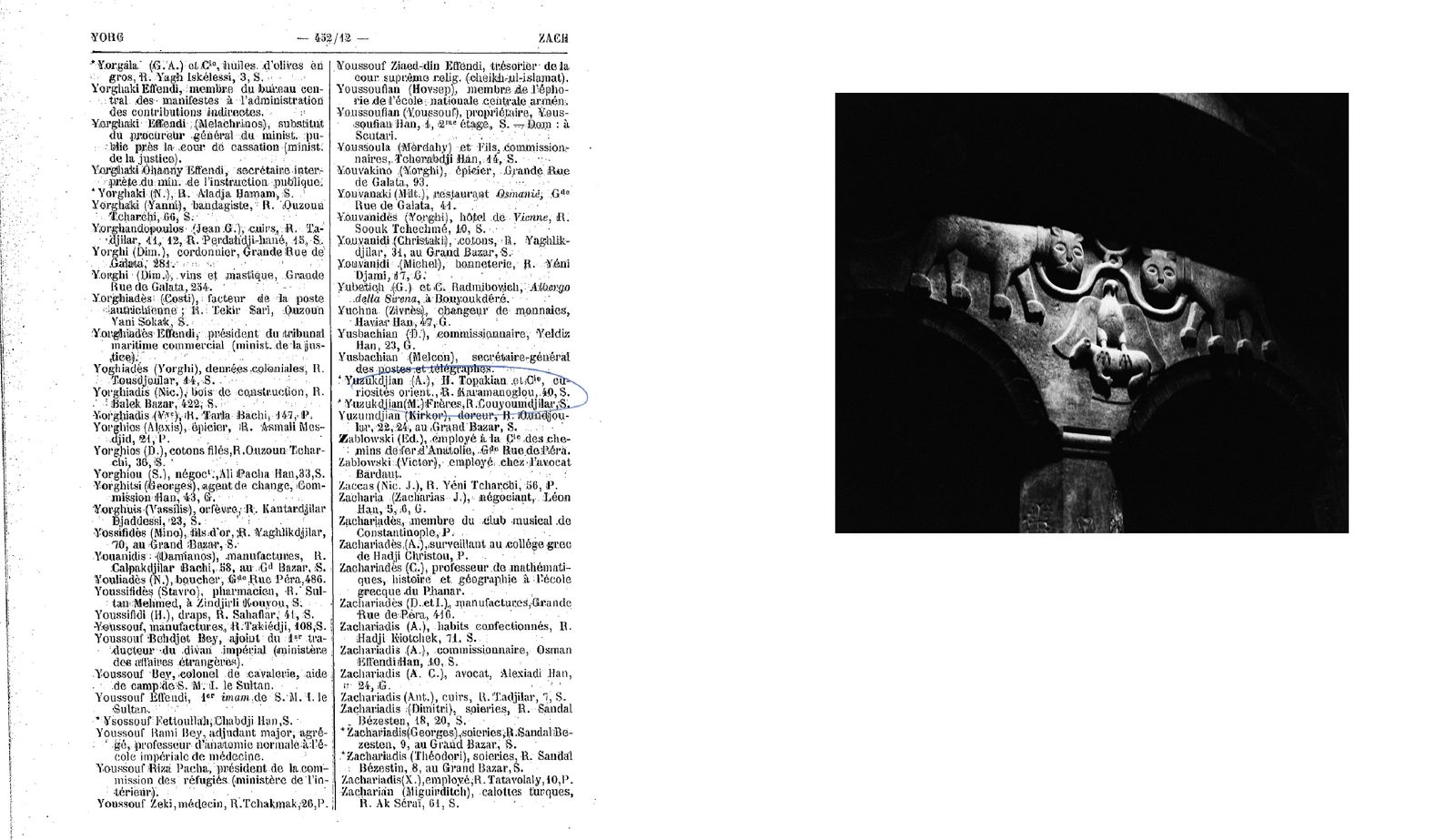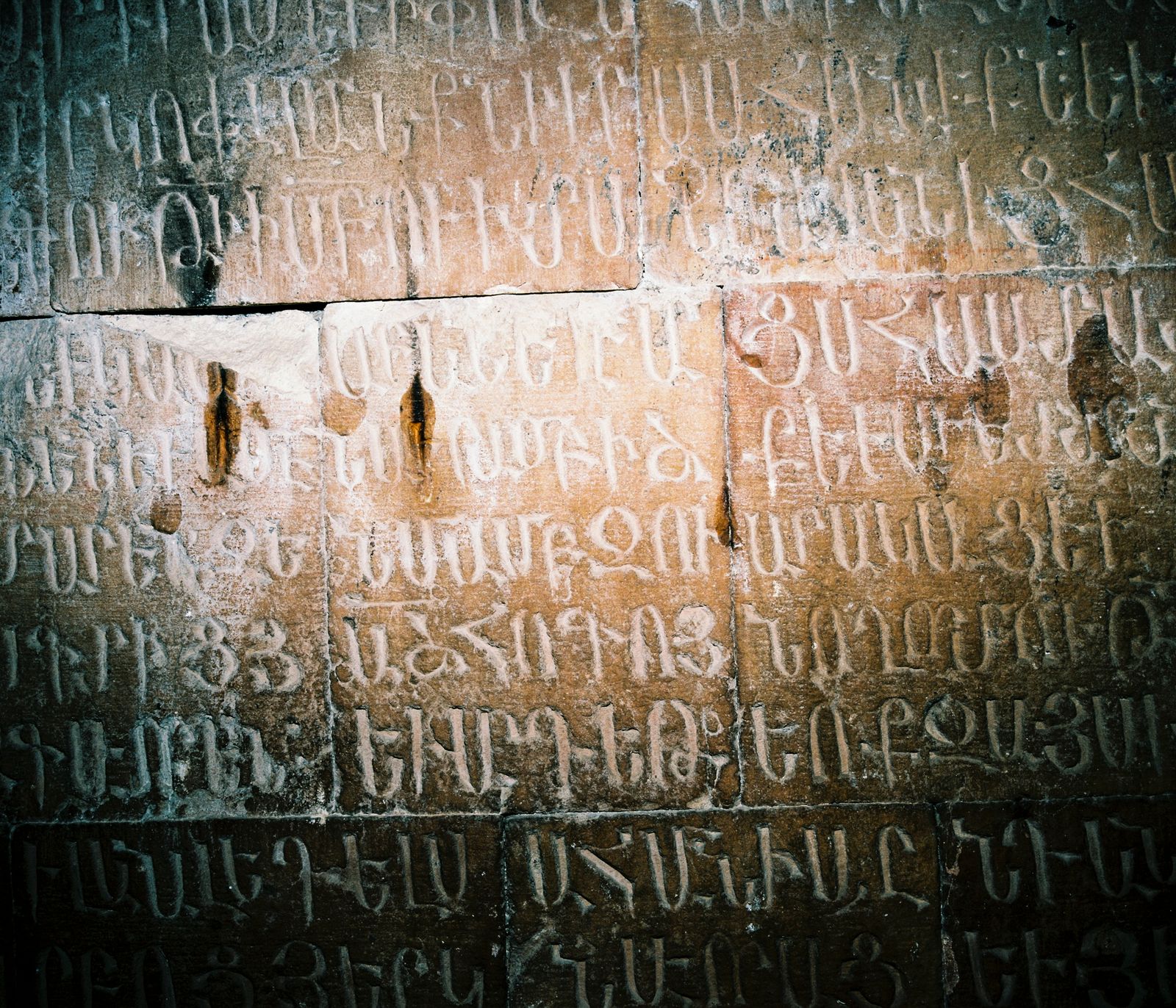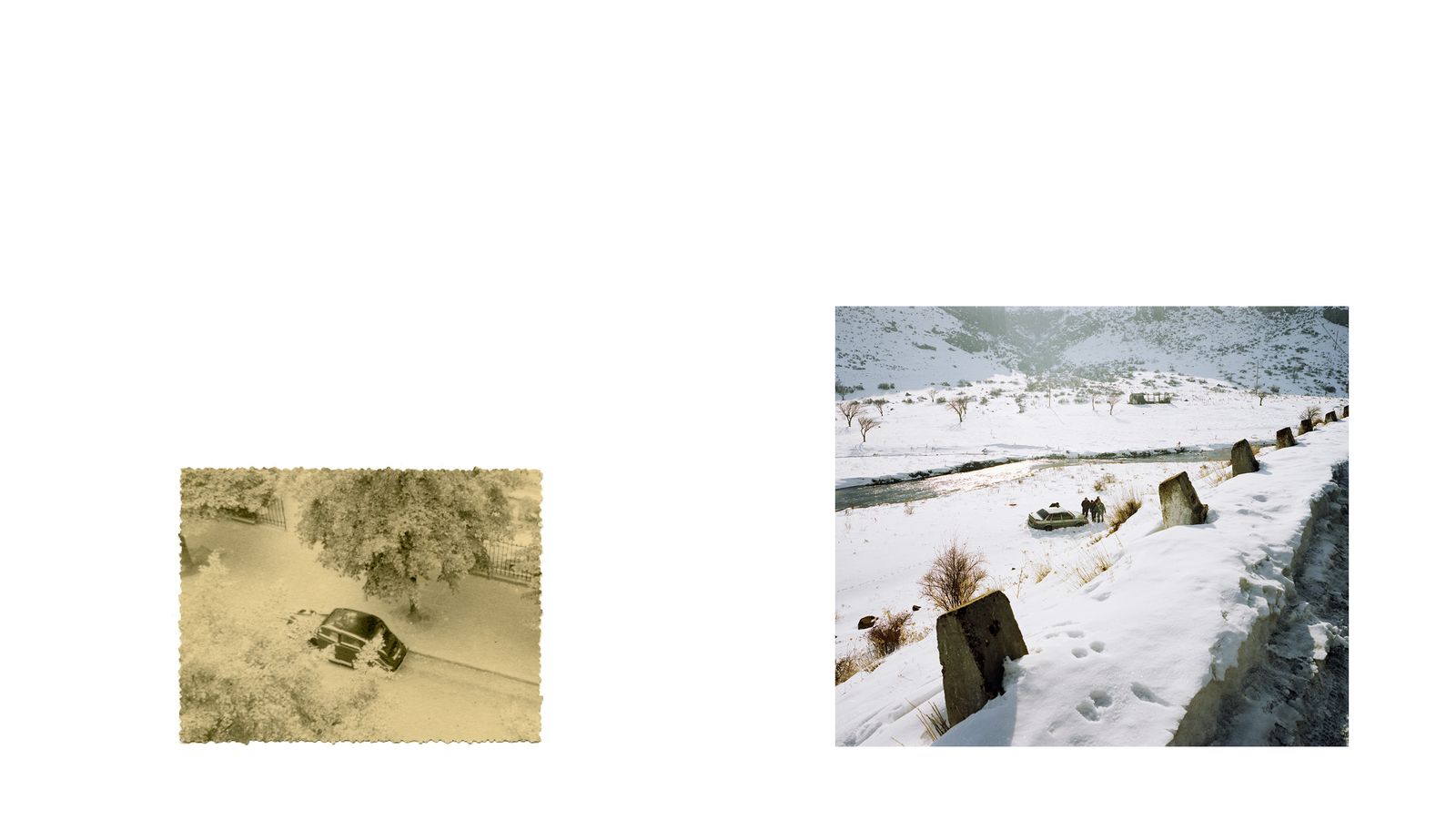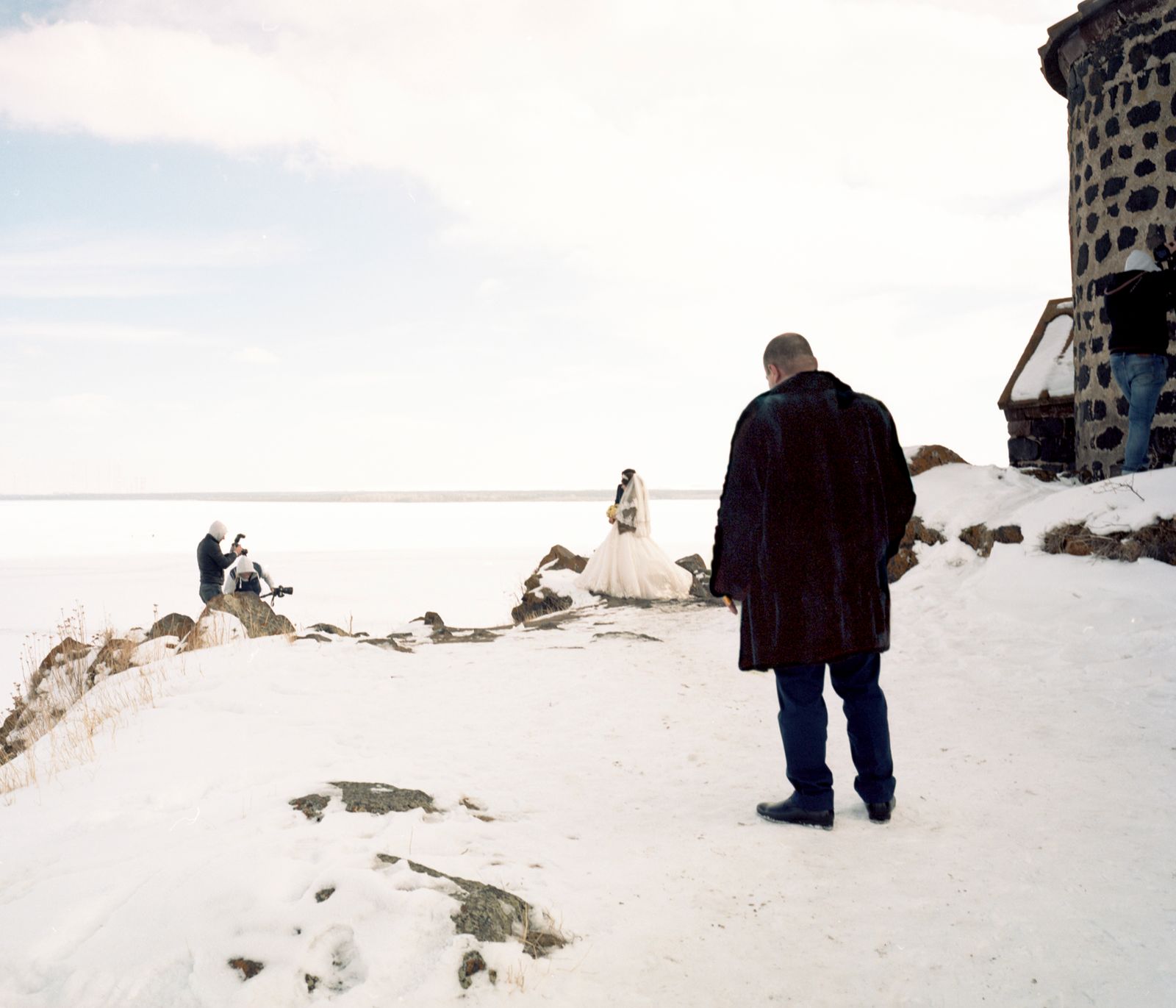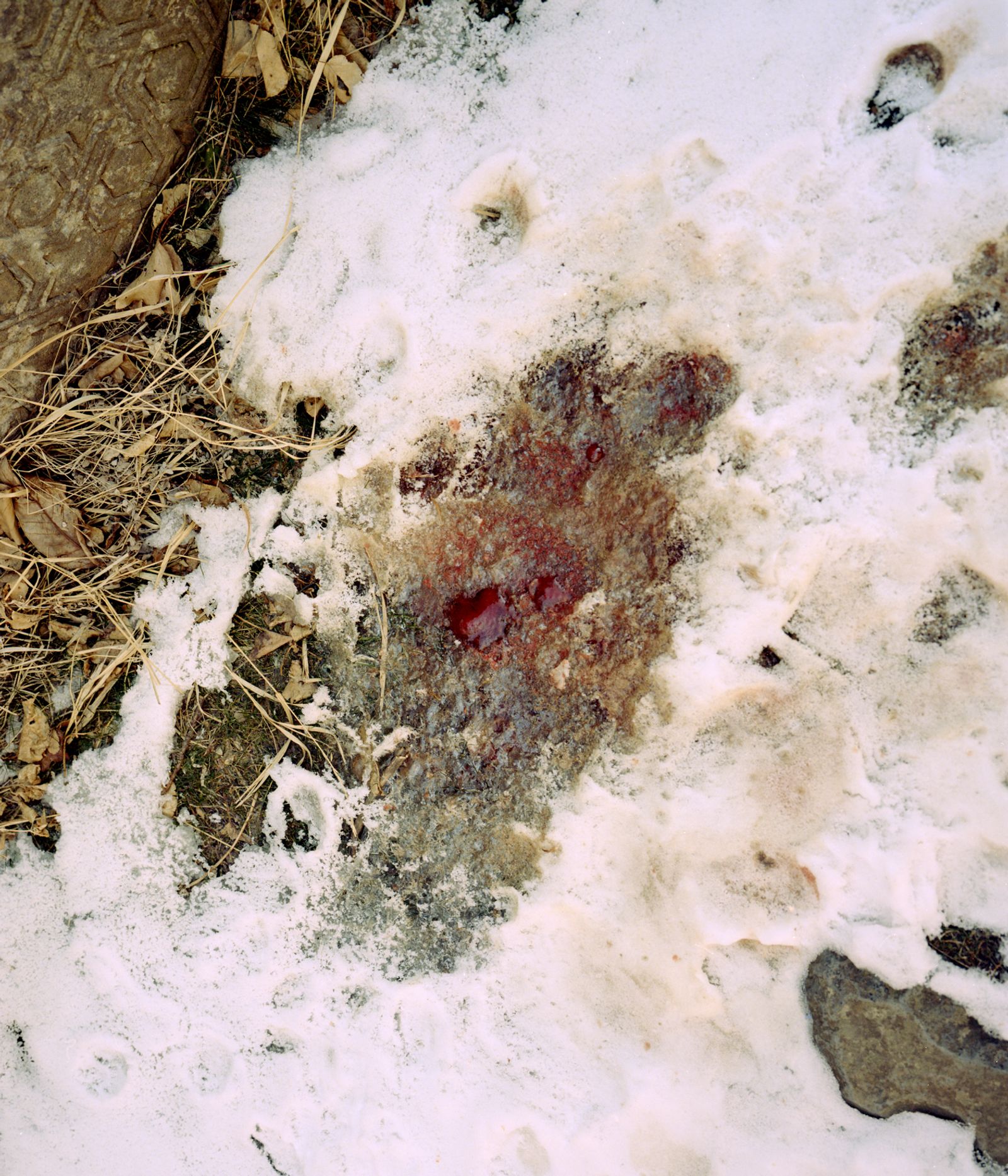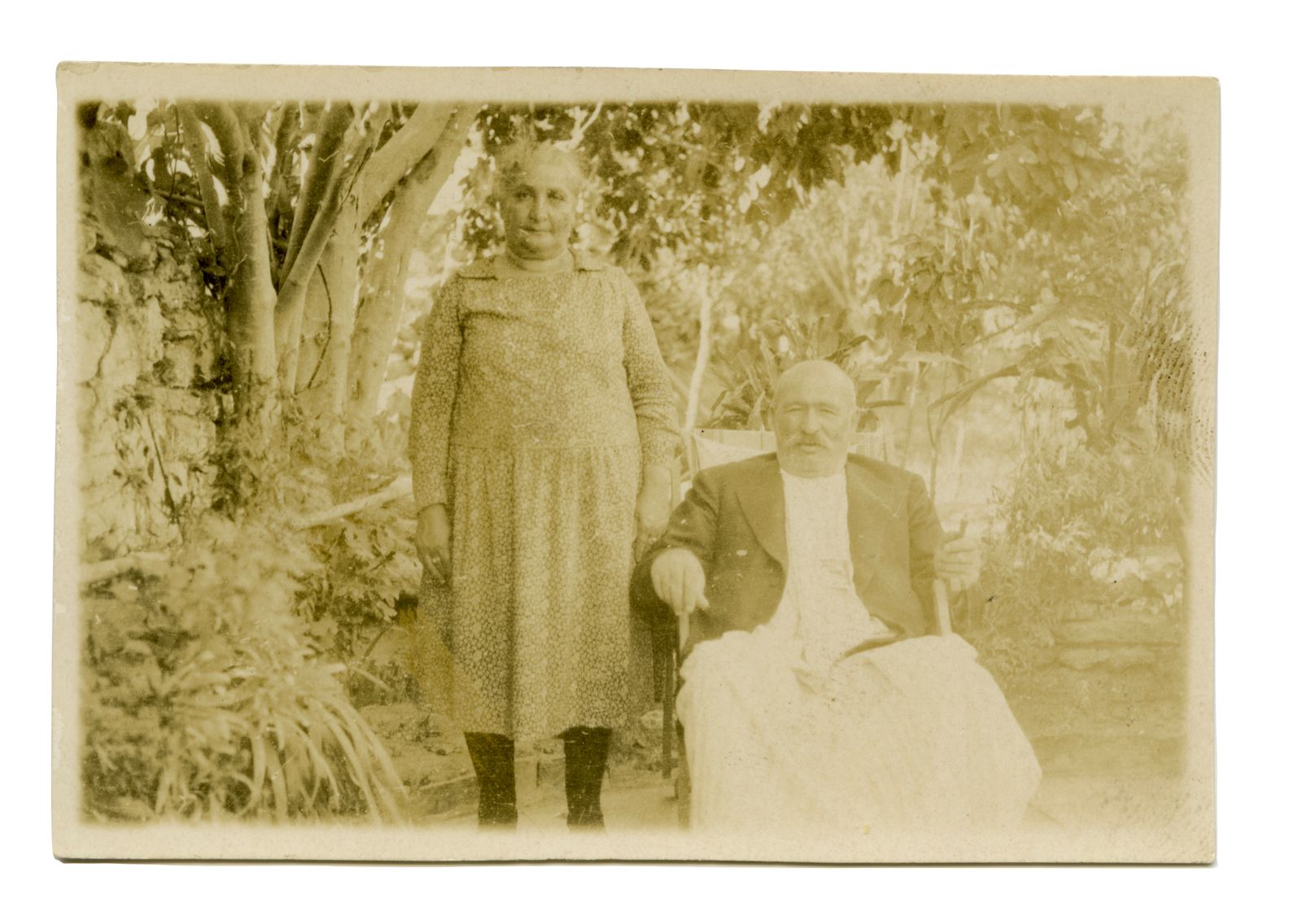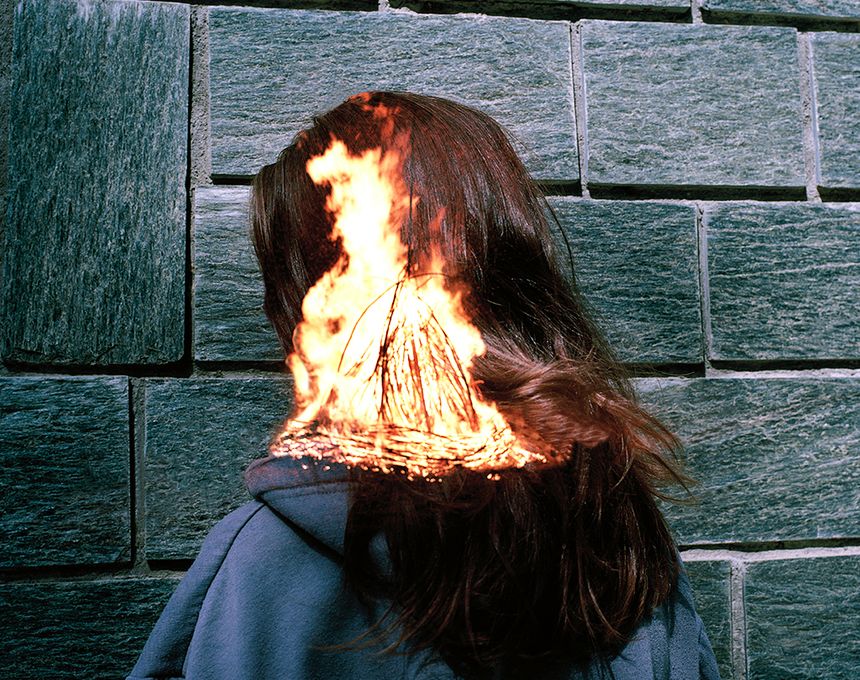Dame Gulizar and other stories
-
Dates2017 - Ongoing
-
Author
- Topics Landscape, Travel, Documentary
Born in Constantinople, my grand-father never saw oriental Armenia, the territory of what Armenia now is. This leads to the idea of an emotional and fantasized link to an unknown land. The armenian landscape becomes a land open for mythological stories and intriguing sceneries.
Among all the stories that make up my romantic imagination, Hayg’s father’s is most definitely my favorite. A well known pasterma producer in Constantinople – the best in his field – Hadji Garabet Kevork Topakian fancied a young, thin-boned and light-footed lady, an oriental Gradiva. In the photographs, her head was barely the size of Garabet’s hand, which lied heavily on her shoulder. An Armenian man, through and through, he was her father and her husband, his butcher’s hand, his peasant’s hand, wraped her dainty shoulder and could have, had he wished to, strangled or choked her with this one hand. She was a real life princess, and I would have wished to imagine her wearing a fancy dress with a spangled veil over her face; but instead, there she was, rather ceremoniously wrapped in a heavy, embroidered woolen cloth and wearing tiny shoes, with heavy silver charms hanging over her dark forehead. Something about it was so typical, so dour and full of splendor; rural grandeur.
Her parents had forbidden their love: he was too boorish a man. Against all odds, one night, Hadji Garabet Kevork Topakian crossed, under the moonlight, what I hope to be a sterile hill scattered with shrubs, against the freezing cold of those dry and white winters - Ararat in the horizon as a catalyst of all his desires, the wuthering heights of an austere Orient - and showed off at his beloved’s window. Away she went, gracious as a princess, and she took only one step of her light and elegant calf into her lover’s large hands and onto his horse - an old and heavy animal, most probably - and together they fled to Constantinople.
//
My grand-father Hayg, who came from Constantinople to Marseille around 1918, died when I was born, taking with him his history and the one of his family. Following the thread of a genealogical investigation, using old oriental directories, the Ottoman Bank archives or Facebook, which lead me to find lost cousins, I went to Armenia one hundred years later, in 2017. I went looking for visual elements echoing with my own imaginary. Born in Constantinople, my grand-father never saw oriental Armenia, the territory of what Armenia now is. This leads to the idea of an emotional and fantasized link to an unknown land. Ararat as the horizon, the armenian landscape is a land open for mythological stories and mysterious and intriguing sceneries. During a poetic wandering in the snowy mountains, I went looking for the features of my own family in the bodies and faces of Armenian men I photographed in the intimacy, seeking their long noses and their hairiness, building an imaginary album of possible faces.
